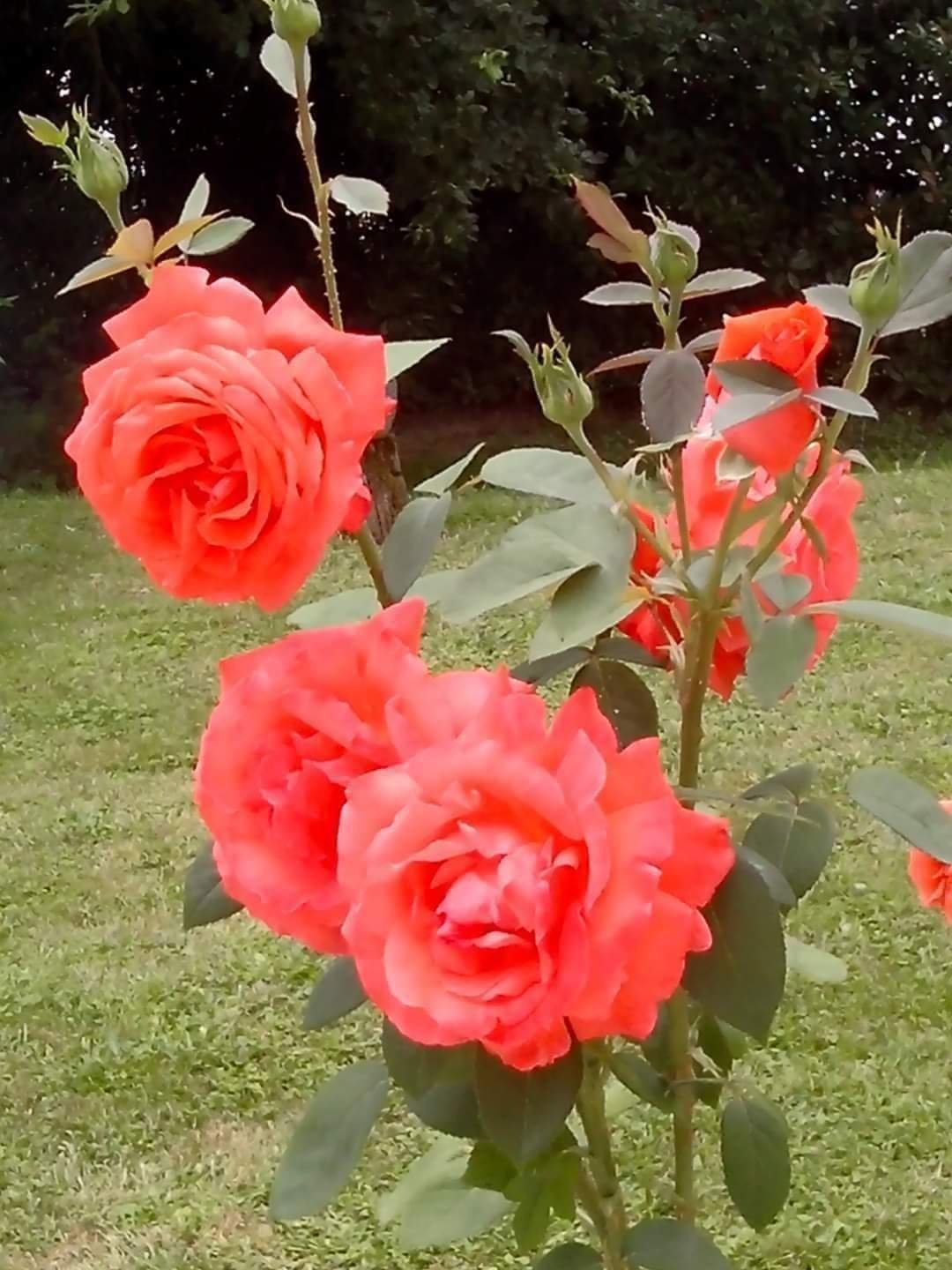What is the Ideal Time of Year for Budding Roses?

Budding roses is typically done in mid to late summer when the weather is cool, as this period allows for the best chance of successful grafting.
What Types of Buds Should You Use for Rose Budding?

For rose budding, you should use a healthy bud from a ripened shoot of the desired rose variety. For roses, select a flowered shoot about 30cm (1ft) long with three or four growth buds.
What are the Best Rootstock Options for Rose Budding?
Choose a rootstock that is hardy, disease-resistant, and suitable for the scion variety. Common rootstocks for roses include ‘Fortuniana’ and other varieties known for their robustness and compatibility with various rose types.
What Tools are Needed for Rose Budding?
To successfully bud a rose plant, you will need the following tools:
– A sharp budding knife (e.g., Tina #H605)
– Rubber binding ties or damp raffia
– Parafilm budding tape (not adhesive tape)
– Well-rooted rootstock
How Do You Prepare the Rootstock for Rose Budding?
- Plant the rootstocks in autumn, about 30cm (1ft) apart, in a nursery bed. Ensure the soil is moist, especially two weeks before budding.
- Cut the rootstock just deeply enough to pierce the bark and make a T-shaped incision at a height of 15-30cm (6-12in) from the base. The horizontal cut should be about 13mm (½in) long, and the vertical cut 2-4cm (1-1½in) long.
How Do You Prepare the Bud for Rose Budding?
- Select a healthy bud with a strip of bark extending about 2.5cm (1in) above and below the bud.
- Remove the woody material from behind the bud.
How Do You Insert the Bud onto the Rootstock?
- Ease the flaps of the T outwards to reveal the cambium layer.
- Insert the bud behind the bark flaps with the bud just below the cross-stroke of the T.
- Trim away the surplus tail protruding above the T.
How Do You Secure the Bud to the Rootstock?
- Secure the bud using a rubber binding tie or damp raffia around the grafted area.
- Completely cover the bud eye with parafilm budding tape to prevent moisture from entering and causing rot.
What are the Optimal Environmental Conditions and Care Practices for Rose Budding?
Temperature and Humidity
- Keep the budded plants in a cool, moist environment. If necessary, bring them into a garage or greenhouse during cold nights and move them to full sun during the day.
Light
- Ensure the plants receive adequate sunlight. For winter budding, move the plants to full sun during the day and protect them from frost.
Watering
- Keep the rootstock and budded plant well watered two weeks before and after budding. Maintain consistent moisture levels in the soil.
Fertilization
- Do not fertilize the budded roses until they have produced new growth of at least 2 inches. This helps reduce stress on the bud union.
Post-Budding Care
- After new growth begins to emerge from the bud eye, pinch off the first several blooms while they are still in tight bud stage to reduce stress on the bud union.
- Once the new stems get to about 6 inches tall, stake the plant to hold it securely.
By following these techniques, tools, and care practices, you can successfully bud a rose plant and enjoy the beautiful blooms of your desired rose variety.
